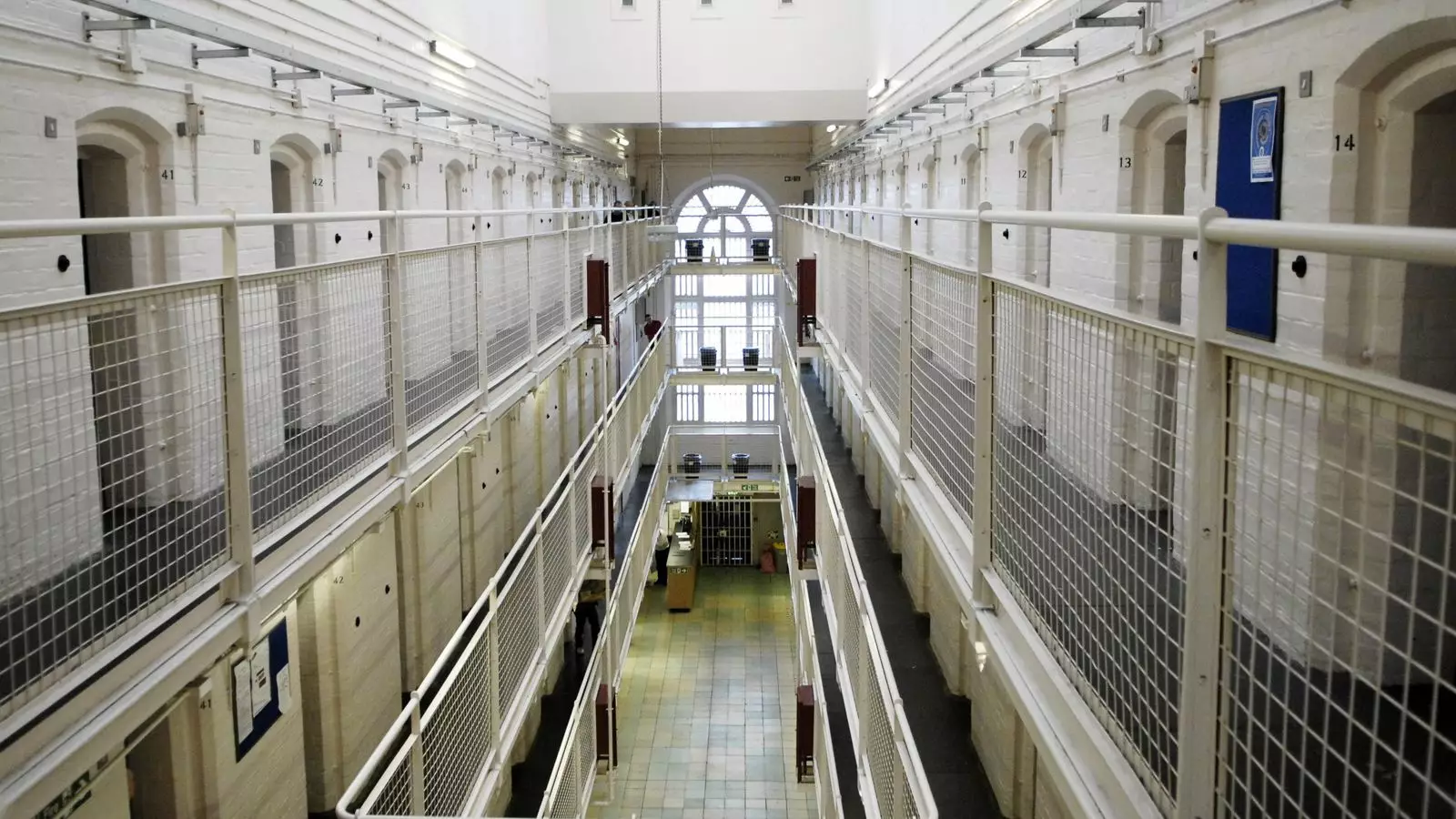The increasing prison population in England and Wales has reached a point where the system is on the verge of collapse. A new report by the Independent Sentencing Review highlights the dramatic consequences of successive governments adopting a “tough on crime” stance without adequately considering the broader implications of their policy decisions. By examining the rise in incarceration rates alongside a reduction in overall crime since the mid-1990s, this report sheds light on the systematic failures in addressing criminal justice issues effectively.
Despite crime rates falling, the prison population continues to surge. This paradox can largely be attributed to a series of haphazard policies characterized by knee-jerk reactions rather than strategic planning. The review, led by former lord chancellor David Gauke, underscores the necessity for a thoughtful and holistic approach to sentencing, arguing that merely increasing jail time for specific crimes has led to unintended consequences, including overcrowding and a significant strain on resources. The report indicates that the number of offenders recalled on license has grown alarmingly, from under 100 in 1993 to nearly 13,000 by December 2024.
This simplistic approach of “just building more prisons” ignores the root of the problem. As the system becomes increasingly overwhelmed, it begs the question: what constitutes effective justice? The answer is not as straightforward as many might assume, and political rhetoric often fails to capture the nuances required for meaningful reform.
The Government’s Role and Rising Tensions
Prime Minister Sir Keir Starmer acknowledged the crisis, attributing it partly to the policy failures of previous administrations. In a bid to address the overpopulation issue, the government controversially implemented measures last September that temporarily reduced the amount of time served in prison from 50% to 40%. While this decision aimed to ease the immediate pressure, it raises further concerns about public safety and the effectiveness of such approaches in delivering justice.
The study identifies a cycle of ineffective policymaking that jeopardizes both the public’s safety and the justice system’s integrity. Mr. Gauke points out that the focus on individual sentencing has failed to account for the interconnectedness of various elements within the justice system. This disjointed approach ultimately undermines trust in the judicial process and leaves victims feeling disenfranchised.
As resources have been stretched thin, the report addresses the detrimental effects on rehabilitation and community safety. Overcrowding not only breeds violence within prisons but also diverts focus away from crucial rehabilitation programs aimed at reducing reoffending rates. The Howard League for Penal Reform emphasizes that the current environment within prisons hinders efforts to support reintegration into society, creating a vicious cycle that perpetuates criminal behavior rather than mitigating it.
The recommendation for “tougher punishments outside of prison” signals a needed shift in focus. Alternatives to incarceration must be explored and implemented when appropriate, ensuring that the ambitions of punishment align with the goals of rehabilitation and community safety.
A Call for Systematic Change
This report presents a compelling argument for reevaluating our approach to criminal justice. Issues of prison overcrowding and insufficient probation services necessitate an open dialogue about who should be incarcerated and for how long. Policies should reflect a balance between punishment, rehabilitation, and public safety—rather than serving as a mere reaction to public sentiment stirred by high-profile crimes.
The evidence suggests that the time for reform has arrived, and organizations vested in penal reform echo the sentiment that long-term solutions must be put in place. The upcoming recommendations from the Independent Sentencing Review represent a pivotal opportunity for informed decision-making that can revolutionize the justice system for the better.
Moving forward, policymakers must embrace a vision that reconciles the need for punishment with the necessity of rehabilitation. The current approach has proven inadequate and unjust for many within the system. By fostering an environment conducive to reform, we stand a chance at not only alleviating the immediate crisis of prison overcrowding but also reshaping the future of the criminal justice landscape. The time has come for a thoughtful reconsideration of our priorities, emphasizing justice, fairness, and public safety for all.


Leave a Reply